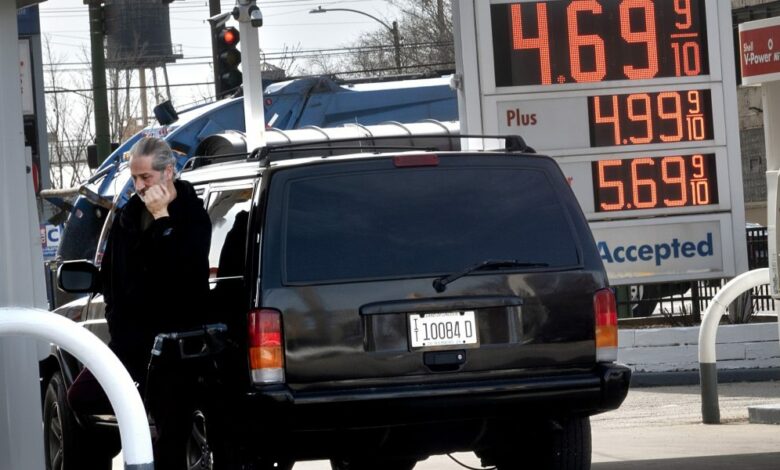Get ready for a more expensive summer driving season


After plummeting from their record high of just over $5 per gallon in June 2022, gasoline prices are rising again—and just ahead of the summer driving season.
The national average price of a gallon of gasoline has surged more than 12% since the start of the year to $3.50, its highest level since last October. And Rebecca Babin, senior energy trader at CIBC Private Wealth, warned Tuesday that consumers should expect more price increases ahead.
“We are heading into summer driving season, so I do think [price increases] will continue,” she told Fortune. “Is it going to be a crazy spike like the $5 gasoline which we were talking about not last summer, but the summer before? I don’t think so. But I do think we’re going to go higher.”
Patrick De Haan, head of petroleum analysis at Gas Buddy, echoed those comments in a post on X.com Tuesday morning. “With oil prices also at their highest since November, we’ll likely keep seeing gas prices rise,” he wrote. “For now, there’s enough coming in the pipeline for us to get to ~$3.60/gal.”
The recent spike in U.S. gas prices is mostly a feature of rising oil prices worldwide. Despite the war in Ukraine, the ongoing Red Sea crisis, and 2.2 million barrels per day of crude production cuts from OPEC+, oil prices remained under control until recently. But they’ve surged to their highest level in four months amid Ukrainian drone attacks on Russian oil refineries, which have shut down 1% of global crude refining capacity—and the International Energy Agency’s recent upgrade to its global crude demand growth outlook.
An improving economic outlook for the world’s largest energy importer, China, has also helped convince many energy experts that crude demand will be far more durable than previously expected. All of this, combined with low crude inventories worldwide, has pushed WTI crude oil prices up roughly 17% this year to more than $83 per barrel.
Oil prices are a key driver of U.S. retail gasoline prices, but there’s also gasoline-specific issues that are pushing prices higher for American consumers, including the seasonal switch from winter-grade fuel to the more expensive summer-grade fuel.
“Most Americans continued to see average gasoline prices march higher last week. The reason is the season: gasoline demand is rising as more Americans are getting out, combined with the summer gasoline switchover, which is well underway,” GasBuddy’s De Haan explained in a Tuesday report.
The winter season is also typically the maintenance season for crude refineries, and that means reduced gasoline production, which can boost prices. The good news is that De Haan said he has seen “positive data that refining output is starting to increase,” a sign that the maintenance season is coming to an end. “For now, gas prices will likely continue to trend higher, but the fever may break soon,” he wrote.
Still, CIBC’s Babin warned there are a number of potential issues on the horizon that could cause volatility to return for oil and gasoline prices, from the wars in the Middle East and Europe to OPEC+’s willingness to cut crude production at a moment’s notice.
“There’s a lot of variables in play right now. And I would caution against getting too complacent and thinking that we are back in this normal environment,” she said. “There’s a lot of little things that can happen on the edges here that could pretty dramatically change the picture pretty quickly.”




